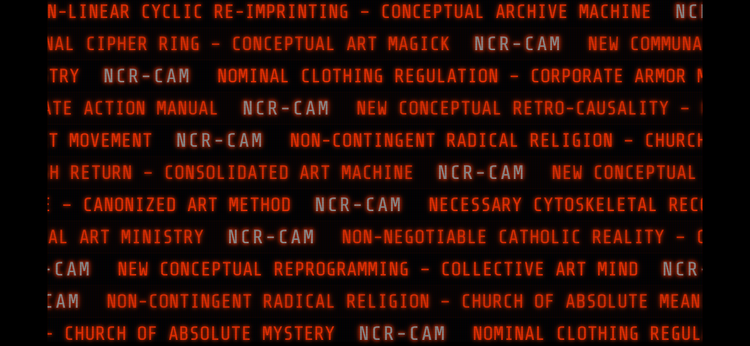Recycling paper into paper

Recycling paper waste into fresh pulp fibers and soft woven paper involves several steps. Here's a detailed guide on how to achieve this:
Materials Needed:
- Used paper (newspapers, office paper, etc.)
- Water
- Blender or paper shredder
- Large basin or tub
- Fine mesh screen or sieve
- Rolling pin or sponge
- Flat surface (e.g., a large cutting board or tabletop)
- Towels or felt sheets
- Drying area (sunny spot or drying rack)
Step-by-Step Process:
1. Collection and Preparation
- Collect Used Paper: Gather all the used paper you want to recycle.
- Shred the Paper: Tear the paper into small pieces or use a paper shredder to make the process easier.
2. Pulping the Paper
- Soak the Paper: Place the shredded paper into a large basin or tub and cover it with water. Let it soak for several hours or overnight to soften the fibers.
- Blend the Paper: Transfer the soaked paper into a blender, adding more water to cover the paper. Blend the mixture until it becomes a smooth pulp. You might need to do this in batches depending on the amount of paper and the size of your blender.
3. Making the Paper Sheets
- Prepare the Screen: Place a fine mesh screen or sieve over a large basin or tub to catch the pulp while allowing the excess water to drain.
- Form the Paper Sheet: Pour the blended pulp onto the screen and spread it evenly to form a thin layer. Shake the screen gently to remove excess water and ensure the pulp is evenly distributed.
- Press the Pulp: Place a towel or felt sheet over the pulp and press down with a rolling pin or sponge to remove more water. You can also use a second screen on top and press the layers together.
4. Drying the Paper
- Transfer to Drying Surface: Carefully lift the newly formed paper sheet from the screen and place it onto a flat surface covered with a towel or felt sheet. Alternatively, you can place the paper on a drying rack.
- Dry the Paper: Allow the paper to dry completely. This can take several hours to a full day depending on the thickness of the paper and environmental conditions. For faster drying, place the paper in a sunny spot or use a fan.
5. Finishing the Paper
- Remove the Paper: Once dry, gently peel the paper off the drying surface.
- Smooth the Paper: If you want smoother paper, you can press it between heavy books or use a warm iron (without steam) to flatten it.
Tips for Soft Woven Paper:
- Add Softening Agents: For a softer texture, consider adding a small amount of fabric softener or cornstarch to the pulp during the blending process.
- Use High-Quality Paper: Use higher-quality used paper (like office paper or white notebook paper) for a finer texture.
- Multiple Pulps: For a woven texture, you can layer different pulps or mix different types of paper to achieve the desired softness and texture.
By following these steps, you can successfully recycle paper waste into fresh pulp fibers and create your own soft woven paper. This process not only helps reduce waste but also provides a creative and sustainable way to produce new paper.
Scaling Up
Scaling up the process of recycling paper into pulp fibers and creating new paper sheets for a large-scale warehouse sized manufacturing setup involves automating and optimizing each step. Here's how you can achieve this in a large warehouse:
1. Collection and Shredding
- Industrial Shredders: Invest in industrial paper shredders to handle large volumes of paper efficiently. These can process several sheets at once and are designed for continuous operation.
2. Pulping the Paper
- Large Soaking Tanks: Use large industrial soaking tanks to soften the shredded paper. Ensure these tanks have agitators to keep the paper moving and soaking evenly.
- Industrial Blenders or Pulpers: Purchase industrial blenders or pulpers designed for large-scale paper processing. These machines can handle large batches of paper and produce pulp quickly.
3. Forming the Paper Sheets
- Continuous Mesh Screens: Use continuous mesh screens that can be rolled out over large frames. This allows you to form multiple sheets at once. Consider conveyor belt systems that can move the pulp through the process.
- Pulp Spreaders: Implement automated pulp spreaders to distribute the pulp evenly across the screens. These can be part of the conveyor belt system.
4. Pressing and Draining
- Press Machines: Invest in hydraulic press machines to press out the excess water from the pulp efficiently. These machines can apply uniform pressure across large surfaces.
- Automated Draining Systems: Use automated systems to tilt and drain the water from the screens after pressing, ensuring the pulp remains evenly spread.
5. Drying the Paper
- Large Drying Racks: Construct large drying racks with multiple layers to accommodate many sheets at once. Ensure there is good air circulation to speed up drying.
- Drying Ovens or Chambers: For faster drying, use drying ovens or chambers with controlled temperature and humidity. Industrial drying chambers can handle large batches and reduce drying time significantly.
6. Finishing the Paper
- Flatbed Presses: Use flatbed presses or calender machines to smooth and flatten the dried paper. These machines can apply consistent pressure across large sheets.
- Continuous Ironing Systems: Implement continuous ironing systems with heated rollers to flatten and smooth the paper further, if needed.
Additional Considerations:
- Water Recycling System: Set up a water recycling system to conserve water and reduce waste. This system can treat and reuse the water from the pulping and pressing processes.
- Quality Control: Implement quality control measures to ensure the consistency and quality of the produced paper. This can include regular checks and automated sensors to monitor thickness and texture.
- Automation and Monitoring: Use industrial automation and monitoring systems to control and optimize the entire process. This can include programmable logic controllers (PLCs) and software to manage equipment and workflows efficiently.
Example Workflow:
- Shredding: Load paper into industrial shredders.
- Soaking: Transfer shredded paper to large soaking tanks with agitators.
- Pulping: Use industrial pulpers to blend the soaked paper into pulp.
- Sheet Forming: Spread the pulp onto continuous mesh screens using automated pulp spreaders on conveyor belts.
- Pressing: Move the screens to hydraulic press machines to remove excess water.
- Drying: Transfer the pressed pulp sheets to large drying racks or drying ovens.
- Finishing: Once dry, use flatbed presses and continuous ironing systems to smooth and flatten the paper.
By implementing these scaled-up methods and equipment, you can efficiently recycle paper waste into fresh pulp fibers and produce high-quality, soft woven paper on a large scale in a warehouse.






Member discussion